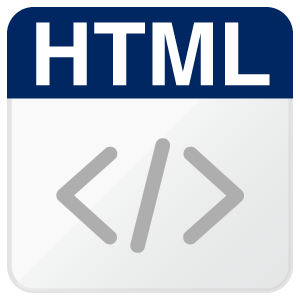Tool/software: TI-RTOS
Hello,
I am working on a custom board using CC2650 and XDS110 debugger and willing to use the serial port of XDS110 to send debug information to PC from my CC2650 application. The question may seem trivial to one who has a lot of experience with CC2650; however, although there are several tens of links that explain the procedure of adding serial communication to a project, I still feel the information messy and struggling to find a systematic, well explained instruction. In particular:
- In the PC, two virtual serial ports of XDS110 are recognized:
1. XDS110 Class Application/User UART
2. XDS110 Class Auxiliary Data Port
As I understand it, for our user application purposes, i.e. debug we have to use 1. XDS110 Class Application/User UART, is that right? What is then the purpose of the second serial port of XDS110?
Also, the lines of the XDS110 debugger that are normally used for programming, take alternative function as serial port communication lines once the CC2650 is programmed and application on it is started. Is that right? If right, which of the JTAG XDS110 lines serve as Tx and Rx for the XDS110 Class Application/User UART and is there any procedure to follow in order to use the serial port of the XDS110 right after it was used for programming the CC2650?
- At the CC2650 side, it seems there are different choices, such as adding UART driver ( processors.wiki.ti.com/.../Cc2640_Adding_a_UART_or_SPI_driver_to_a_Sample_Project ) or printf support (http://processors.wiki.ti.com/index.php/CC26xx_Adding_basic_printf_over_uart_with_TI-RTOS), or use System_printf ... but which is the optimal solution for CC2650 debug using the serial port of XDS110?
Please, help to figure out the right solution, or suggest appropriate relevant materials/instructions.
Kind regards


